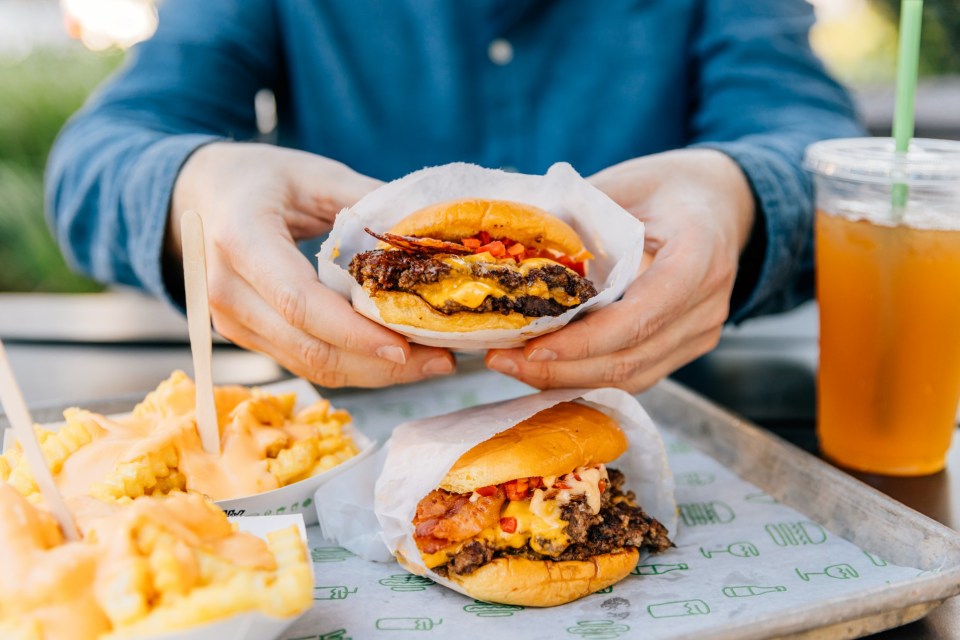1 Unstoppable Dividend Stock to Build Generational Wealth
This dividend stock won’t excite you, but it will provide you and your descendants with a lofty 5.4% yield and reliable dividend growth over time.
The American dream is something like owning your own home, living comfortably, and seeing your children live happy and productive lives. That dream is even better if you can pass on your wealth to your children, which is basically what’s called generational wealth.
What if you don’t just pass on some money but instead pass on a reliable income stream? That’s what Realty Income (O 1.13%) could let you do. Here’s what you need to know about this unstoppable dividend stock.
The big number is, currently, 30
What does an unstoppable dividend stock look like? That’s pretty easy. It’s a company that manages to increase its dividend every year for decades on end. Real estate investment trust (REIT) Realty Income’s dividend streak is up to 30 years and counting at this point.

Image source: Getty Images.
What’s notable about that streak is that it includes some of the worst economic periods of recent history. And some of the worst bear markets. Realty Income’s dividend grew through the Dot.com crash, the Great Recession (and associated bear market) between 2007 and 2009, and the COVID-19 pandemic. What’s notable is that the Great Recession was particularly difficult for the real estate sector, and the pandemic was devastating to retailers, which make up over 70% of Realty Income’s tenants.
Basically, Realty Income has proven that it has what it takes to survive over the long term while continuing to reward investors with a progressive dividend. But that’s not all. It also happens to have an investment-grade-rated balance sheet, so it is financially strong. And it is geographically diversified, with properties in both the U.S. market and across Europe. While the portfolio is tilted toward retail properties, they tend to be easy to buy, sell, and release if needed. The rest of the portfolio, meanwhile, adds some diversification. All in all, it is a well structured REIT.
Plenty of generational opportunity ahead
The big draw for Realty Income is going to be the dividend yield, which sits at 5.4% or so. That’s well above the 1.2% the S&P 500 index is offering today and the 3.8% or so yield of the average REIT. But, as highlighted above, this isn’t exactly a high-risk investment. Why is the yield so high?
The answer is that Realty Income is a boring, slow-growth business. Over the three decades of dividend growth, the dividend has increased at a compound annual rate of 4.2%. That’s above the historical growth rate of inflation, so the buying power of the dividend has increased over time. But all in all, this is not an exciting stock to own and, frankly, isn’t meant to be. The company trademarked the nickname “The Monthly Dividend Company” for a reason: The REIT’s goal is specifically to be a reliable dividend stock.
There’s no reason to believe it will be anything but reliable in the future. Notably, it is the largest net-lease REIT, giving it an edge on its competitors when it comes to costs and deal making. Management has also been diversifying the business with the goal of increasing the number of levers it has to pull to support its slow and steady growth. None of its efforts involve undue risk, either. Slow and steady is the goal, but so far that’s worked out very well for dividend investors.
A simple and generational proposition
What you are getting when you buy Realty Income is a boring dividend stock that will pay you well to own it. And when the time comes, you can pass that income stream on to the next generation. Building generational wealth is a great thing, but just handing on a pile of money isn’t the only way to do it.
Imagine living a comfortable retirement with the monthly dividends you collect from Realty Income. And while you do that, you can think about how much easier the lives of your children will be when they collect that income instead of you.






